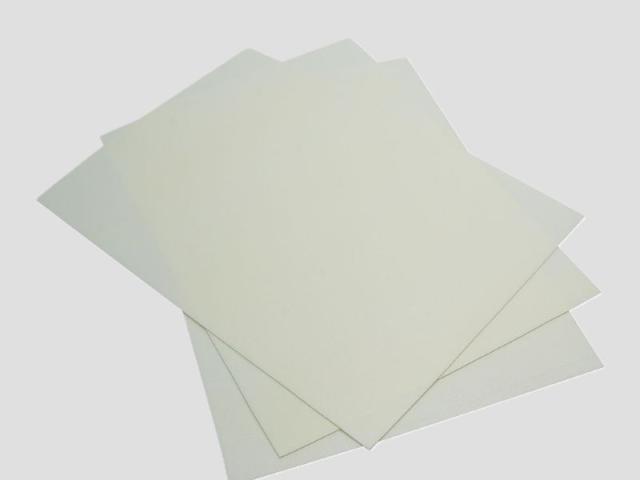How about the XPE foam safety? Is XPE foam harmful?
XPE foam is a closed cell foam material made from high density polyethylene (HDPE) through a chemical cross-linking reaction. This cross-linking process gives XPE foam its unique physical and chemical properties.
Manufacturing Process
The production of XPE foam usually includes the following steps:
- Raw material preparation: HDPE is selected as the base material.
- Injection of blowing agent: The blowing agent is injected evenly into the polyethylene. 3.
- Cross-linking reaction: Cross-linking of polyethylene molecules by radiation or chemical methods.
- Foam molding: Decompose the blowing agent under high temperature to produce gas and form the foam structure.
- Cooling and shaping: Fix the foam structure by cooling.
Scope of application
XPE foam is widely used in the following fields:
- Packaging materials
- sports equipment (such as yoga mats, protective mats)
- Building insulation
- Automobile interior
- Medical supplies
- Electronic equipment cushioning materials
Safety performance features
- Fire retardant: XPE foam has good fire retardant properties, which can effectively prevent the spread of flame. Many XPE foam products meet international standards, such as UL94 V0 certification, which means that they are not easy to burn in a fire situation, and even if it burns will quickly self-extinguish.
- Non-toxic and environmentally friendly: XPE foam does not contain any hazardous substances and is harmless to human health during production and use. It meets the requirements of the EU RoHS directive, does not contain lead, mercury, cadmium and other heavy metals, to ensure the environmental protection and safety of the product.
- Chemical Resistance: XPE foam has good resistance to a wide range of chemicals, including acids, alkalis and organic solvents. This feature makes it suitable for environments that require exposure to chemicals, such as laboratories, chemical plants, etc.
- Antimicrobial and anti-mold: XPE foam surfaces are not susceptible to the growth of bacteria and mold, which makes it ideal for medical supplies and sanitary facilities. The anti-bacterial and anti-mold properties help keep products clean and reduce the risk of infection.
- Shock Absorption: XPE foam has excellent cushioning and shock absorption effects, and can effectively absorb impact energy. This feature makes it widely used in packaging materials, sports equipment and automotive interiors to provide additional safety protection.
- low volatile organic compounds (VOCs): XPE foam's low volatile organic compounds (VOCs) content makes it safer to use in indoor environments. Low VOCs means that fewer harmful substances are released into the air, helping to maintain air quality.
- Temperature resistance: XPE foam maintains its performance over a wide temperature range, from low to high temperatures. This characteristic makes it suitable for applications in a variety of climates.
Conclusion
XPE foam has become the material of choice in many fields due to its fire retardancy, non-toxicity and environmental protection, chemical resistance, antimicrobial and anti-mildew, vibration damping and energy absorption, low VOCs, and temperature resistance, among many other safety performance characteristics. These characteristics not only improve the safety of the product, but also extend its service life, providing users with reliable protection.
References
- [1] ISO 9001:2015 Quality Management Systems - Requirements
- [2] UL 94 Standard for Safety of Flammability of Plastic Materials for Parts in Devices and Appliances
- [3] RoHS Directive 2011/65/EU on the restriction of the use of certain hazardous substances in electrical and electronic equipment
- [4] ASTM D3574 Test Methods for Flexible Cellular Materials-Slab, Bonded, and Molded Urethane Foams

